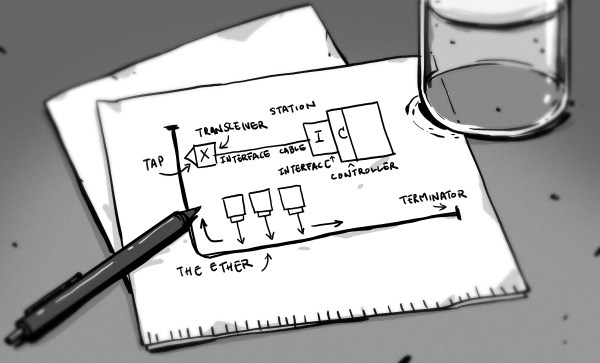Do they teach networking history classes yet? Or is it still too soon?
I was reading [Al]’s first installment of the Forgotten Internet series, on UUCP. The short summary is that it was a system for sending files across computers that were connected, intermittently, by point-to-point phone lines. Each computer knew the phone numbers of a few others, but none of them had anything like a global routing map, and IP addresses were still in the future. Still, it enabled file transfer and even limited remote access across the globe. And while some files contained computer programs, others files contained more human messages, which makes UUCP also a precursor to e-mail.
What struck me is how intuitively many of this system’s natural conditions and limitations lead to the way we network today. From phone numbers came the need for IP addresses. And from the annoyance of having know how the computers were connected, and to use the bang notation to route a message from one computer to another through intermediaries, would come our modern routing protocols, simply because computer nerds like to automate hassles wherever possible.
But back to networking history. I guess I learned my networking on the mean streets, by running my own Linux system, and web servers, and mail servers. I knew enough networking to get by, but that mostly focused on the current-day application, and my beard is not quite grey enough to have been around for the UUCP era. So I’m only realizing now that knowing how the system evolved over time helps a lot in understanding why it is the way it is, and thus how it functions. I had a bit of a “eureka” moment reading about UUCP.
In physics or any other science, you learn not just the status quo in the field, but also how it developed over the centuries. It’s important to know something about the theory of the aether to know what special relativity was up against, for instance, or the various historical models of the atom, to see how they inform modern chemistry and physics. But these are old sciences with a lot of obsolete theories. Is computer science old enough that they teach networking history? They should!

















